4 Creative Ways to Use Aquafaba in the Kitchen
Did you know the liquid from a can of chickpeas, called aquafaba, is a magical ingredient? Often discarded, this water can be transformed into everything from fluffy meringues to creamy sauces. Here are some of the exciting ways you can reuse aquafaba in your kitchen.

Aquafaba, the thick liquid from canned or cooked chickpeas, has become a beloved ingredient in vegan and plant-based cooking. Its unique composition allows it to mimic the properties of egg whites, making it a versatile substitute in a variety of recipes. Whether you're avoiding food waste or looking for a creative ingredient, aquafaba is worth saving. Here’s how to reuse it effectively.
1. Whipping Up Vegan Meringues and Desserts
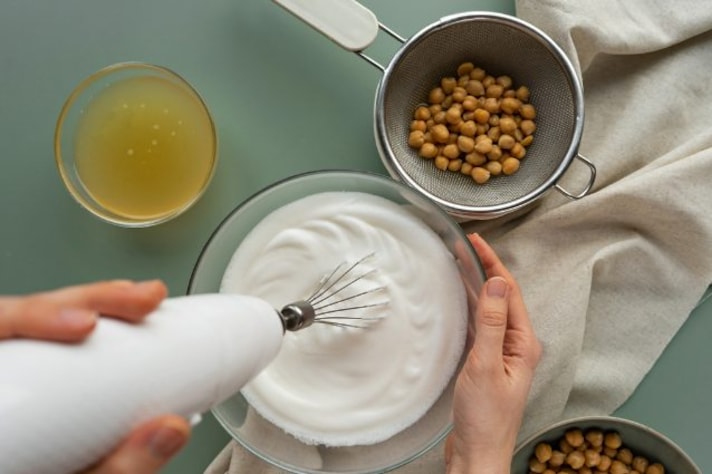
Aquafaba’s ability to whip into stiff peaks makes it a perfect replacement for egg whites in desserts:
Meringues: Whip aquafaba with sugar and cream of tartar for light, airy meringues. Bake at a low temperature to achieve crisp perfection.
Macarons: Combine whipped aquafaba with almond flour and sugar for a vegan take on this classic French treat.
Pavlova: Create a show-stopping dessert topped with fresh fruit and whipped cream (or a dairy-free alternative).
2. Binding and Emulsifying in Recipes
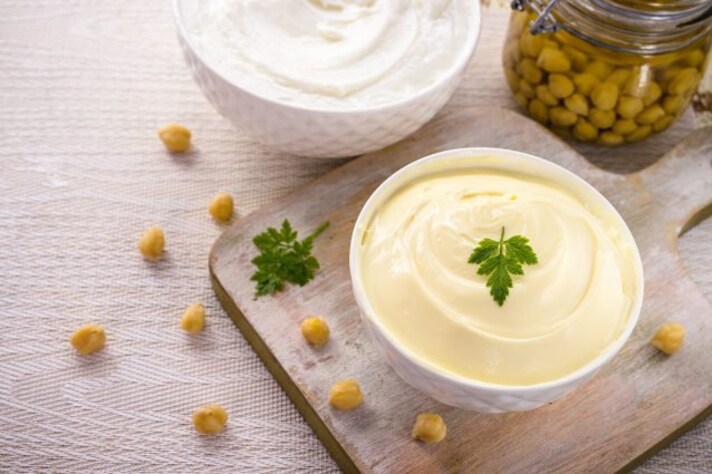
Aquafaba works well as a binder or emulsifier, particularly in vegan and allergy-friendly recipes:
Egg replacement: Use 3 tablespoons of aquafaba to replace one egg in baking recipes like cakes, brownies, and cookies.
Mayonnaise: Whisk aquafaba with oil, mustard, vinegar, and a pinch of salt for creamy vegan mayo.
Burger or fritter binding: Add aquafaba to plant-based patties or fritters for better texture and hold.
3. Creating Light and Creamy Drinks
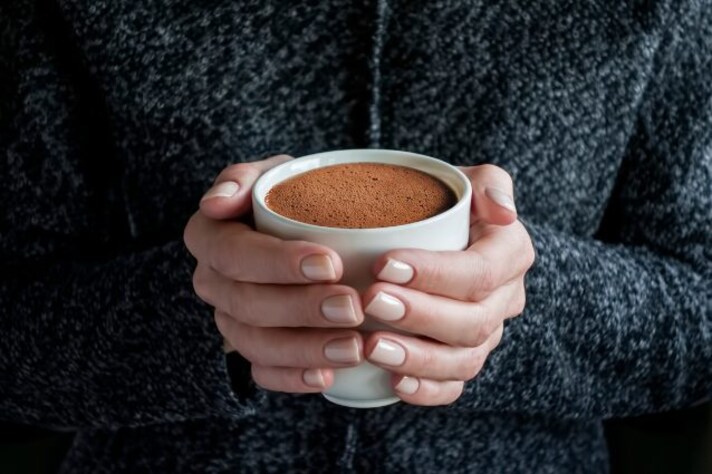
Aquafaba can add froth and body to beverages:
Cocktails: Shake aquafaba with your favorite spirits and mixers to replace egg whites in drinks like whiskey sours or fizzes.
Hot chocolate: Stir aquafaba into hot chocolate for a creamy, frothy finish.
Coffee foam: Whip aquafaba lightly and spoon it on top of your coffee for a dairy-free foam.
4. Making Dairy-Free Sauces and Dressings
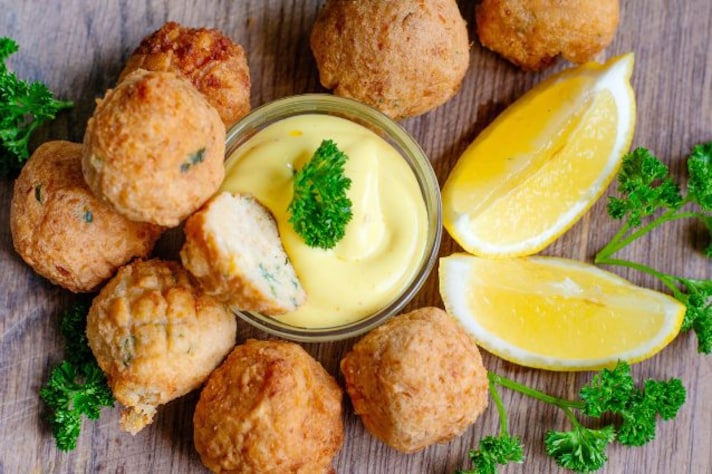
Aquafaba’s emulsifying properties can transform sauces and dressings:
Aioli: Blend aquafaba, garlic, oil, and lemon juice for a vegan version of this garlicky favorite.
Cheese sauces: Incorporate aquafaba into vegan cheese sauces for a smooth, creamy consistency.
Salad dressings: Use aquafaba as a base for dressings to add a light, silky texture without oil or dairy.
Freezing and Storing Aquafaba
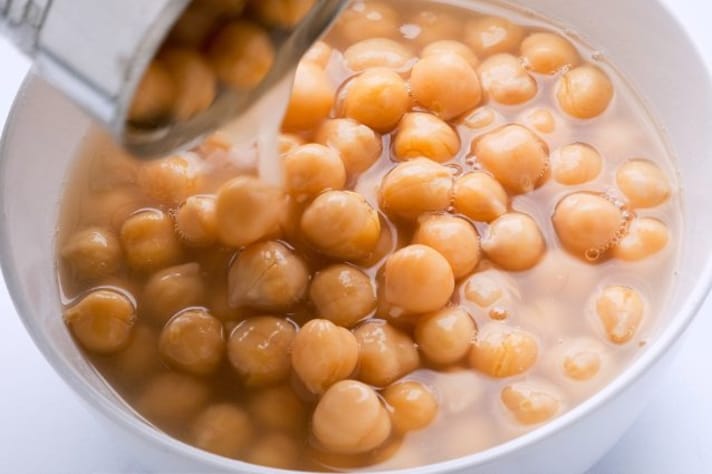
If you’re not ready to use aquafaba immediately, it’s easy to store:
- Refrigeration: Keep aquafaba in an airtight container in the fridge for up to 5 days.
- Freezing: Freeze in an ice cube tray for portioned servings, then transfer to a freezer bag. Each cube equals about 1 tablespoon.
Aquafaba is an adaptable, waste-free ingredient that can augment your cooking and baking. From desserts to dressings, its ability to replicate egg whites and bind ingredients makes it invaluable in the kitchen. So, next time you open a can of chickpeas, think twice before tossing the liquid. It might just become the star of your next recipe.
;Resize,width=767;)
;Resize,width=712;)
;Resize,width=712;)

